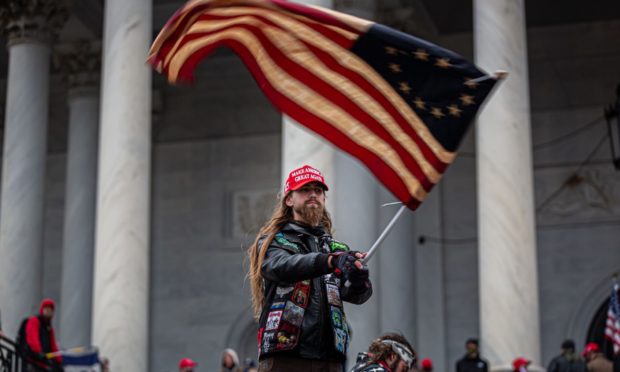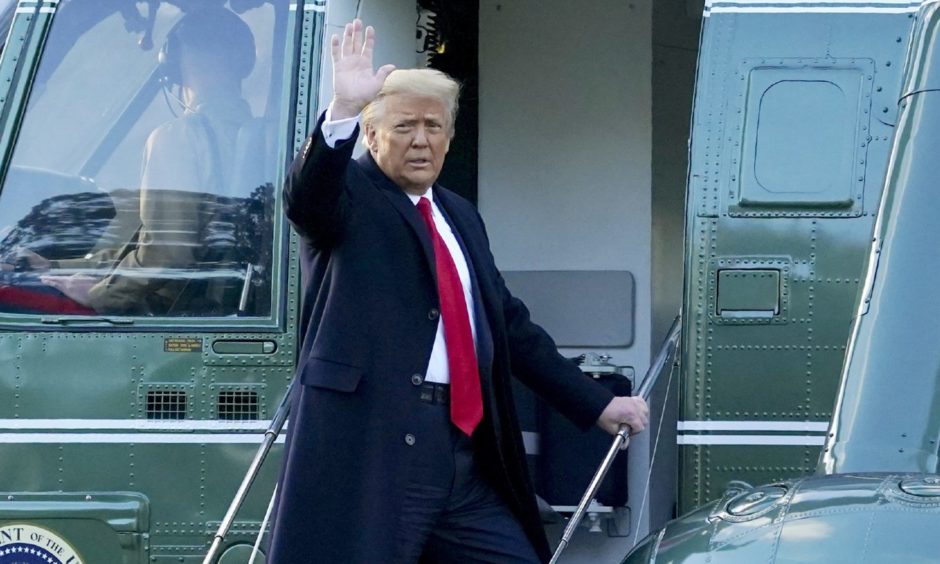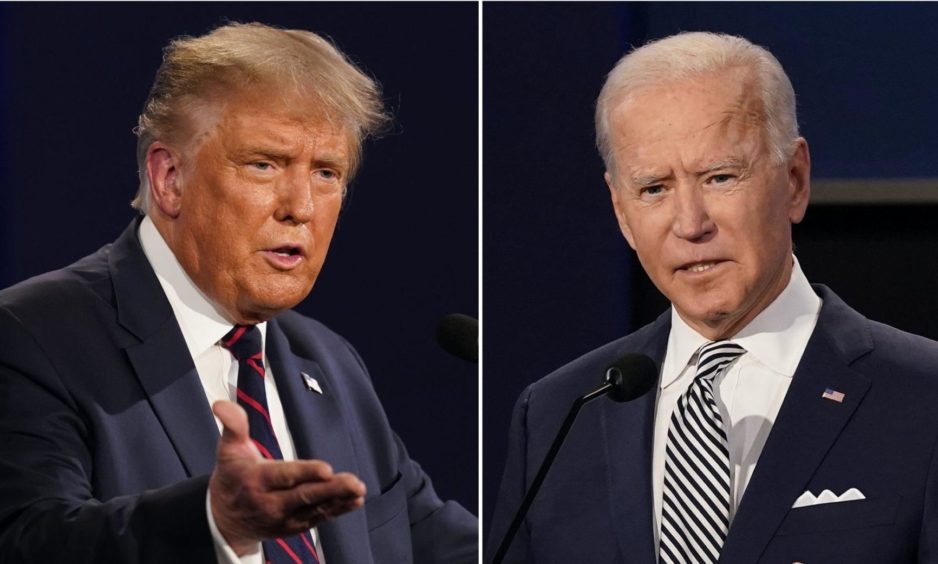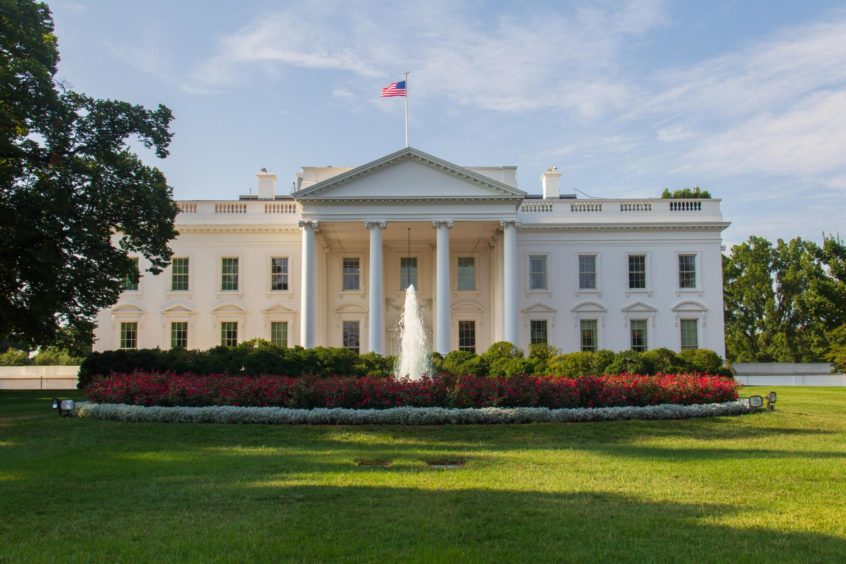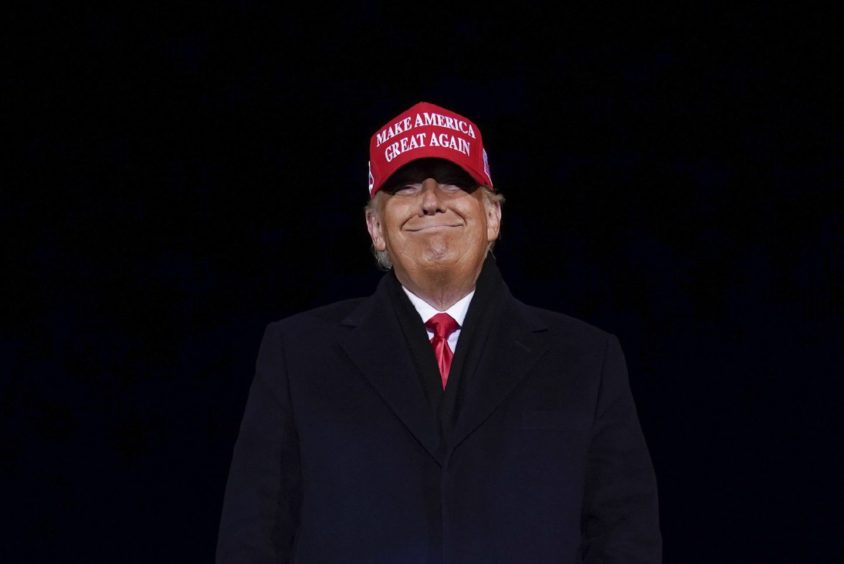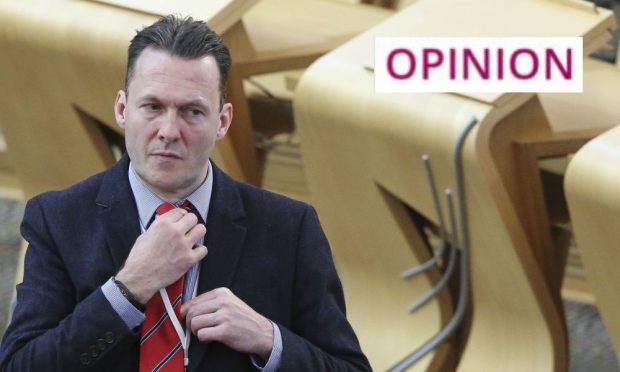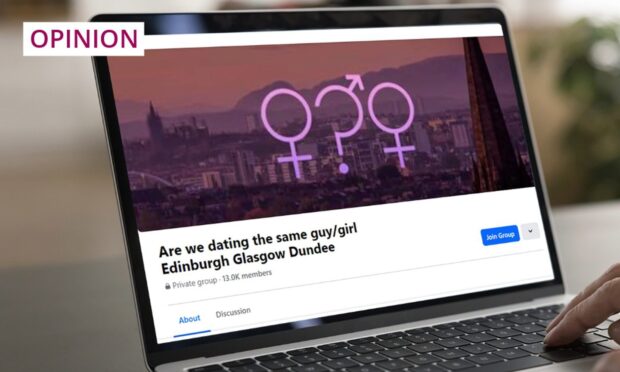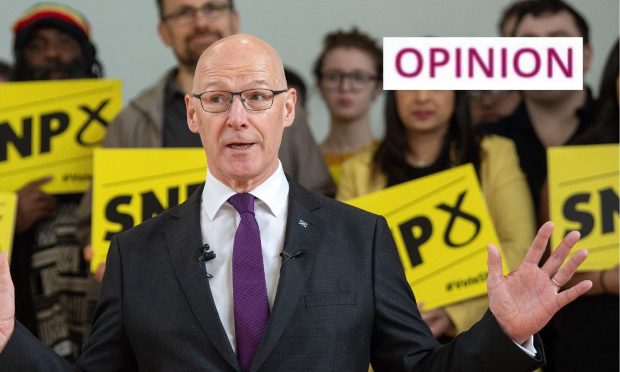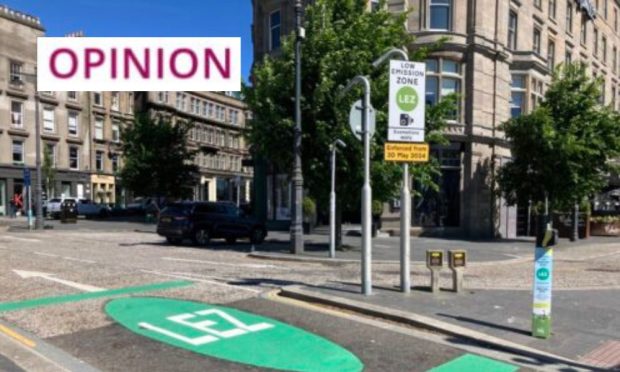With the inauguration of Joe Biden as US President this week, Donald Trump’s stormy four years in the White House finally came to an end.
St Andrews University psychology professor Stephen Reicher is an expert in social identity, crowd behaviour and nationalism. Here he analyses what lessons can be learnt from the Trump phenomenon.
How on earth did it come to this? How did a presidency which began with Trump’s promise to his supporters that he would build a wall around America’s border end with a wall being built around the Capitol building to keep those self-same supporters out?
Was this predictable? Was it inevitable? What does it tell us about the nature of Trump and Trumpism?
To start with, however, it is important to get things in perspective.
Trump appealed to the ‘left behind’
When Trump won in 2016, while he took the required number of states to enter the White House, he actually lost the popular vote by some three million votes.
As with every successful candidate, Trump voters were a wide coalition, most of whom were traditional Republicans – economic or social conservatives – who may have disliked Trump as a person, but who still voted for “their” candidate.
Nonetheless, Trump’s achievement was to bring a new group into the mix: the so-called ‘left behind’. Those whose industries were in decline, whose skills were no longer valued, who felt ignored by politicians and feared losing all they had worked for.
They were sufficient to win Trump the Electoral College votes he needed in the ‘rust belt’ states.
They were the equivalent of the ‘red wall’ constituencies in England which delivered Boris Johnson his victory in 2019.
Trump won these people above all by listening to them, by acknowledging their plight and promising to address it.
For Trump, in classic populist style, ordinary, decent, hard-working people – the true Americans – were beset by a corrupt establishment elite made up of politicians – the “Washington swamp”, of liberal intellectuals and the media (“fake news”).
This was a global class, more interested in the interests of this club than those of their own countrymen and so allowed foreign competitors to destroy American industries and foreign migrants to take American jobs.
Trump thrived by aligning himself with the people, by insisting that he too was of the people, that he was from ‘the wrong side of the tracks’ and, if he had succeeded it was not from elitist privilege but because of hard graft.
Trump thrived on appearing as a Washington outsider
There are three key elements of Trump’s populism which explain both his appeal and its dangers.
First of all, Trump’s success was rooted in being an outsider to the system and to the office he occupied. Even as president, he positioned himself as an insurgent.
In effect, he never stopped campaigning. And the more that commentators objected to what he was doing, the more it confirmed his outsider status.
It also explains how and why an American president could urge people to ignore American laws (say on mask wearing) and the remarkable spectacle of the president urging people to march on the Capitol building – the seat of American government.
Second, Trump’s outsider status explains why all his supposed gaffes and blunders didn’t harm him and may even have benefited him.
For if he was undignified, crass, vulgar and rambling; if he violated all the rules of decorum and of politics; it served to prove precisely that he wasn’t one of ‘them’ but one of ‘us’.
‘The American jeremiad’
Third, Trump’s world view gained traction because it built on a classic American ideology, the so-called ‘American jeremiad’.
This is the idea that America is an exceptional country with an exceptional mission to light up the world.
But at the same time as being a source of pride, this leads to perpetual self-questioning.
Are we living up to our mission? Are we achieving our greatness?
In its classic version (say in Lincoln’s Gettysburg address or Martin Luther King’s ‘I have a dream’), the failure is due to internal inadequacies and the solution to renew our own moral purpose.
But in Trump’s twist, the failure is due to external enemies and the solution to defeat and destroy them.
It is the merging of the jeremiad with ‘enemyship’ which makes Trumpism both so powerful and so toxic.
It mobilises people to act out of fury and resentment because they believe their birthright has been taken away from them.
It tells them that, in order to restore their true identity (“Make America Great Again”), someone is to blame and must pay the price.
Democratic dialogue becomes impossible because that depends on accepting that, even if we disagree with our opponents, they are acting out of what they think is best for our nation.
At root, we may squabble, but as a family. However, once opponents become outsiders and enemies, they must be silenced, locked up, excluded.
Worse still, democratic elections fall under threat. If only the Trump camp are the real America, then how can they lose an election and American office be taken from the American people? That must be illegitimate.
Finally, if anyone grows nervous about such an anti-Democratic drift, they too fall under suspicion as being in league with our enemies, of being traitors.
And that’s how we ended up with the wall in Washington.
